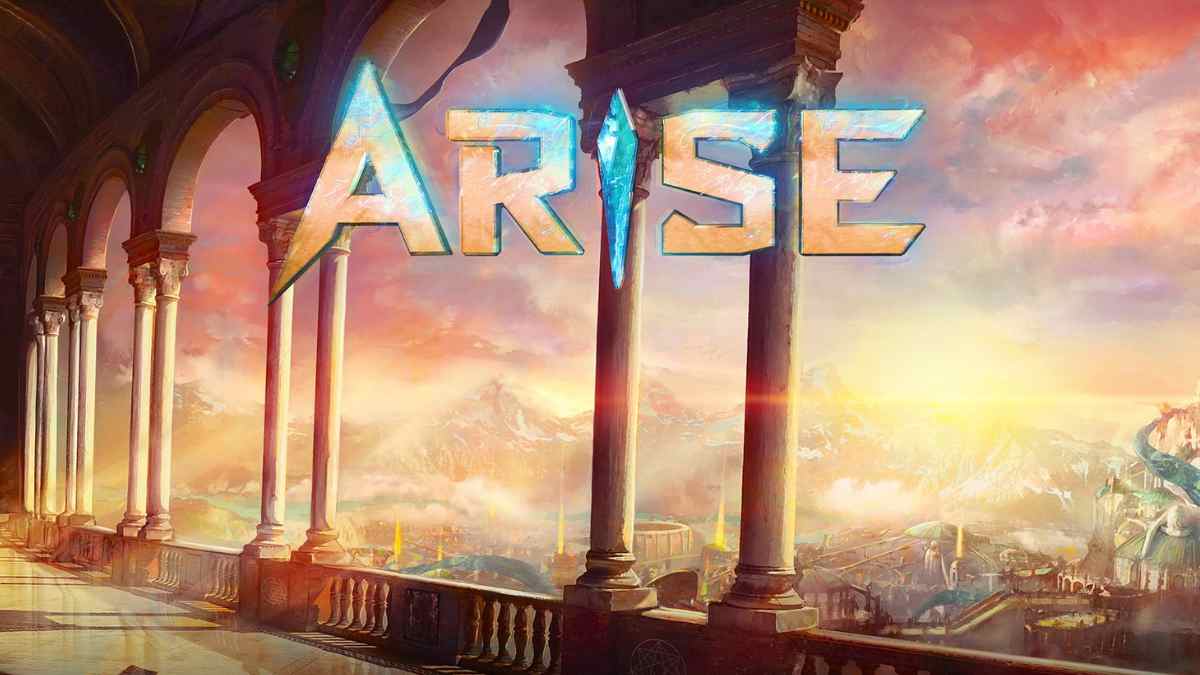Cross The Ages is no longer just about digital trading cards. With the upcoming launch of ARISE, the franchise is moving into real-time action RPG territory, and it’s bringing a lot more than just lore expansion. Backed by major Web3 players, the project is positioning itself as a multi-genre universe built around interoperable assets.
The new game is still in early stages, but its direction is clear. Fast-paced action, customizable characters, and optional blockchain systems are at the center of it all wrapped in a familiar fantasy-sci-fi aesthetic that taps into the original card game’s setting.
Core gameplay shifts to action RPG mechanics
ARISE drops the turn-based strategy and card deck management that defined the original CTA title. Instead, it leans on real-time combat, character progression, and third-person exploration. Players take on the role of a Tracer, navigating a world at war, with both melee and ranged combat options in play.
From a design standpoint, this puts ARISE in the same broad category as titles like Torchlight Infinite or Undecember, but with more verticality and fewer loot-based systems. The pacing looks tuned for short bursts of high-stakes combat rather than long dungeon crawls.
Early footage suggests a focus on tight map layouts and stylized enemy design, which could help differentiate it from the usual grind-heavy mobile RPGs. How deep the systems go is still unclear, but what’s shown so far leans toward accessibility with layered complexity.
Visual style and platform direction
The visual identity continues the CTA universe’s established blend of techno-fantasy. Characters look lifted from a graphic novel armor mixed with glowing circuitry, oversized weapons, and dramatic animations. It’s high-concept, but not so abstract that it loses clarity in gameplay.
ARISE is expected to be cross-platform, with mobile and PC at the forefront. That’s in line with where most Web3-native games are landing, and it keeps the friction low for onboarding. Nothing here reinvents visual standards, but the polish level is notable for a blockchain-native release.
Web3 elements stay modular
As with the original Cross The Ages card game, ARISE allows for NFT integration, but it’s not required. Characters, weapons, and cosmetics can be tokenized, offering interoperability across other CTA experiences. Players who’ve collected assets from earlier games will be able to carry some of those into ARISE.
That modular structure where digital ownership is additive rather than mandatory continues to be a defining choice. It keeps traditional players in the ecosystem without forcing them into blockchain mechanics they don’t care about.
There’s also a broader implication here: ARISE seems like the next step in building a franchise that supports multiple gameplay types under one universe, without resetting progress each time.
Animoca’s involvement signals strategic scaling
The addition of Animoca Brands as a backer doesn’t change the gameplay, but it says a lot about the project’s ambitions. This isn’t just about launching another RPG. It’s about turning CTA into a multi-experience IP that can grow horizontally across genres.
From a funding and visibility standpoint, Animoca’s presence puts ARISE on the radar for more than just card game fans or Web3 early adopters. It also suggests that future entries might pull in elements from other Animoca-backed ecosystems possibly even shared assets or events.
This kind of cross-IP collaboration isn’t a guarantee, but it’s clearly being considered in how the CTA universe is being built.
What to watch going forward
There’s still a lot we don’t know about ARISE release windows, progression structure, and long-term gameplay loops are all under wraps for now. But the direction is clear. Cross The Ages is growing beyond its origins, and ARISE is the first real test of how far that expansion can go.
If it succeeds, CTA won’t just be a card game with lore. It’ll be a platform, with gameplay diversity anchored by a shared economy and story universe. Whether that model catches on depends on execution, but the foundation is getting more interesting.
Web3 Analyst & Play Blockchain Games Guide
CryptoKit breaks down Web3 gaming like it’s second nature. From tokenomics to airdrop strategies, she turns blockchain chaos into clear, actionable advice for players who want to win more than XP.




